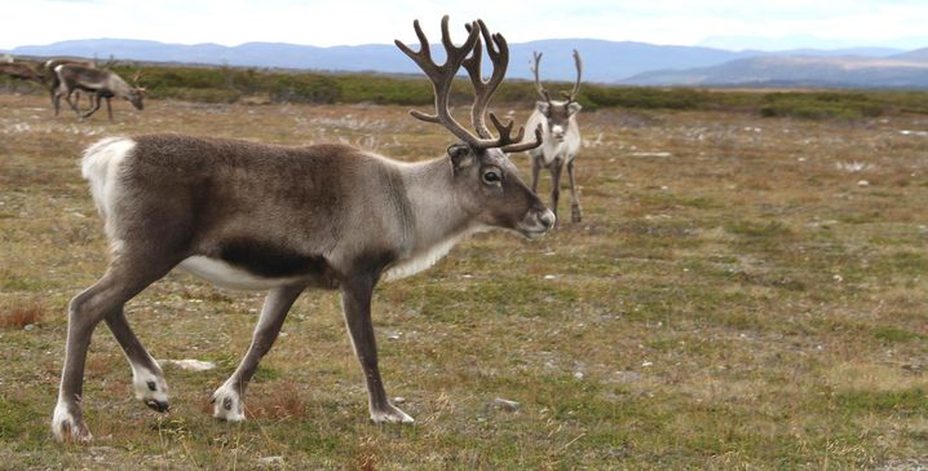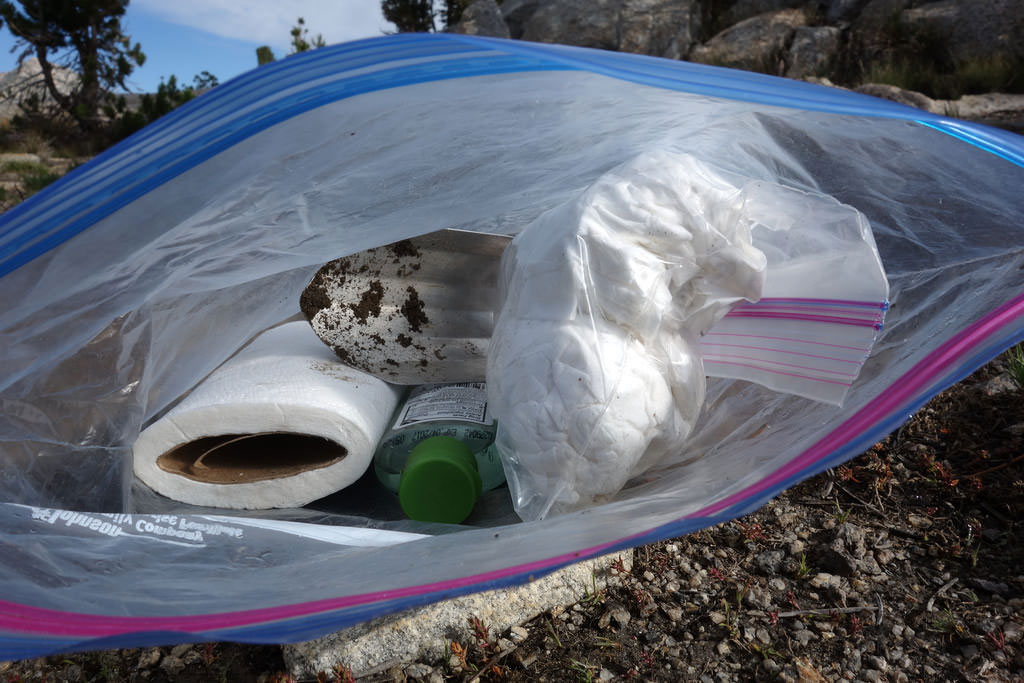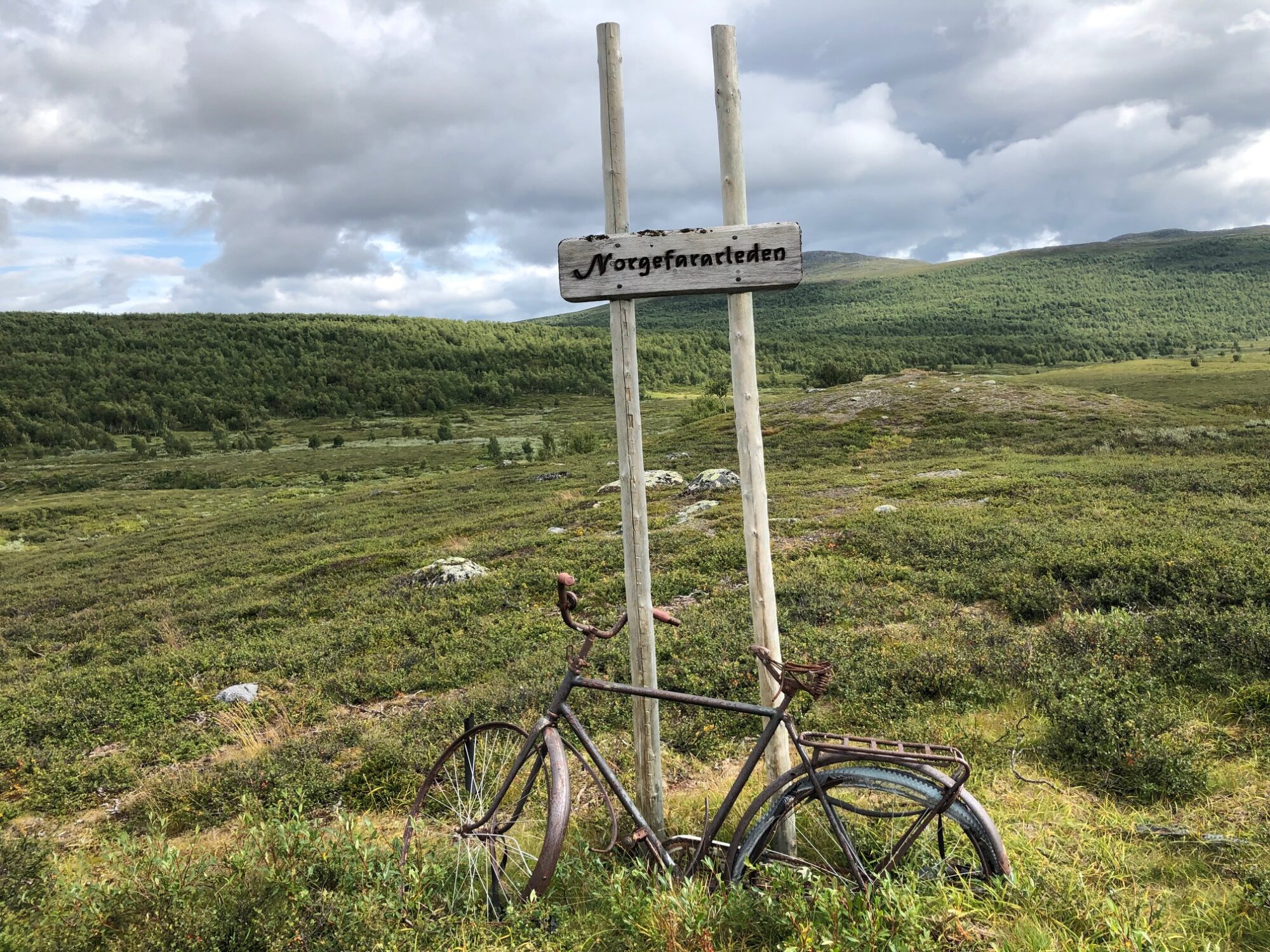The Right of Public Access
In Sweden we have The Right of Public Access. Thanks to the Right of Public Access (Allemansrätten) anyone is entitled to roam freely, camp and forage in Swedish nature.
In return you need to treat flora, fauna and people’s property with respect. Read more about what is allowed here.
When hiking in the mountains you need to know more about the cultural landscape of the Sámi people and especially the reindeer. Please take a minute and read it.
Reindeer in the mountains
As a visitor in the Swedish mountains and in all areas where reindeer herding is practiced, it is important that you do not disturb or scare the reindeer. Here is some useful info.
How to avoid disturbing the reindeer
- When you see reindeer, stop, sit down, and be quiet. Let the reindeer pass at their own pace.
- Never walk directly towards a grazing reindeer – take a detour if necessary.
- Is the herd moving away? Then you’ve already gotten too close.
- Does the reindeer lift its head and tail while pointing its ears? That’s a clear sign of stress, and you should back off.
- Always keep your dog on a leash and close to you. The reindeer could instinctively perceive the dog as a threat.
- Feel free to ask at the nearest tourist office, mountain station, or mountain lodge where the reindeer are currently located and avoid those areas.
- Also show respect and consideration for the reindeer herders. Stay out of the way and let them do their job. You are on their workplace.

Leave No Trace – The Seven Principles
The Seven Principles of Leave No Trace provide an easily understood framework of minimum impact practices for anyone visiting the outdoors. Although Leave No Trace has its roots in backcountry settings, the Principles have been adapted so that they can be applied anywhere — from remote wilderness areas, to local parks and even in your own backyard. They also apply to almost every recreational activity. Each Principle covers a specific topic and provides detailed information for minimizing impacts.
The Leave No Trace Seven Principles:
- Plan Ahead and Prepare
- Travel and Camp on Durable Surfaces
- Dispose of Waste Properly
- Leave What You Find
- Minimize Campfire Impacts
- Respect Wildlife
- Be Considerate of Other Visitors
The Seven Principles are well established and widely known, but they are not static. The Leave No Trace Center for Outdoor Ethics continually examines, evaluates and reshapes the Principles. The Center’s Education Department conducts research — including publishing scholarly articles in independent journals — to ensure that the Principles are up to date with the latest insights from biologists, land managers and other leaders in outdoor education. © 1999 by the Leave No Trace Center for Outdoor Ethics. www.LNT.org.
Read more about the LNT here.
Pack It In – Pack It Out
With the increased popularity, we all have a responsibility to the next person and to be good stewards of the land. If you packed it in please remember to pack it out. The SNSL and your fellow trail users thank you!
Poopology and how to handle it
The growing problem of all that human waste being deposited along a very narrow corridor. We have all seen it on Caminos and Trails. This is how you should do.
If you need to take a poop on a hike and you’re not near a privy or toilet, bury your poop in a cat-hole. That way it can biodegrade. Animals won’t dig it up, or disturb other hikers. Use a trowel for easy digging.
- Find a spot at least 200 feet (21 m) from the trail, campsite or water source.
- Dig a cat-hole 6 – 8″ deep (15 – 20 cm) and 4 – 6″ (10 – 15 cm) in diameter. In airy or desert conditions, dig a cat-hole 4 – 6″ deep and 4-6″ in diameter (10 – 15 cm x 10 – 15 cm).
- Bury your human waste.
- Pack out used TP (toilet paper).
- Use hand sanitizer.
Avoid areas with water run-off, particularly above water sources. It might erode your cat-hole and carry your waste into the local water supply.
The preferred practice now is to pack out your used toilet paper (and even if it’s not required, it’s still the best practice for lowering your impact on the land). If you want to disguise the contents, you can line the bag with aluminum foil, cover it with duct tape or draw permanent marker designs.

